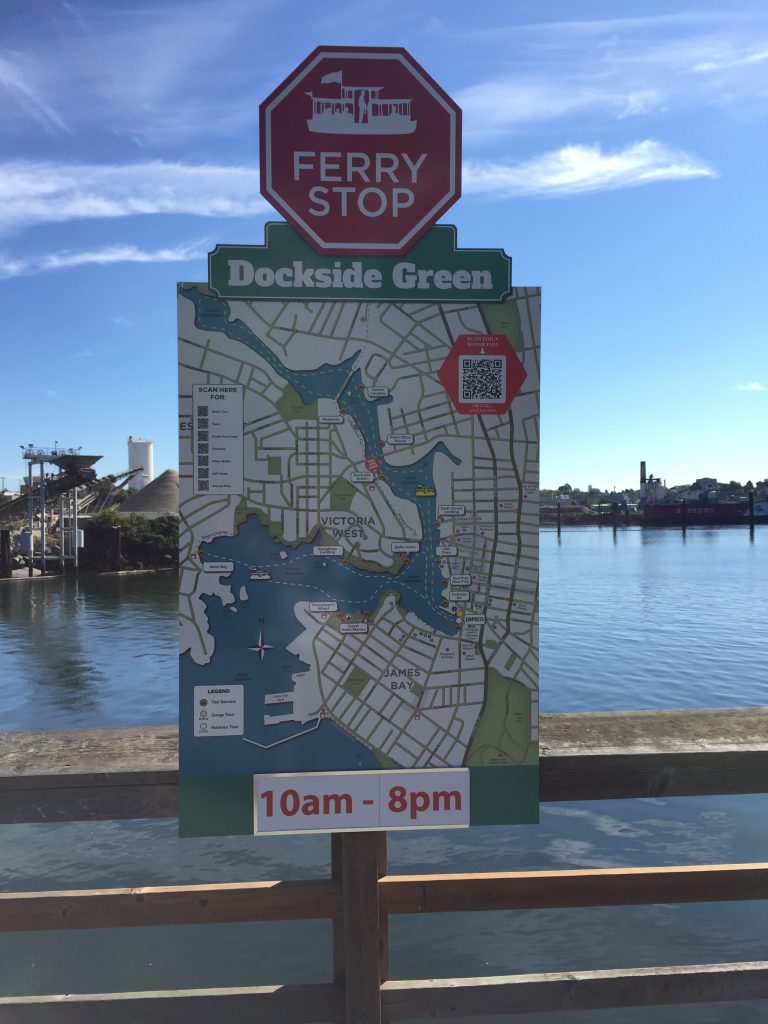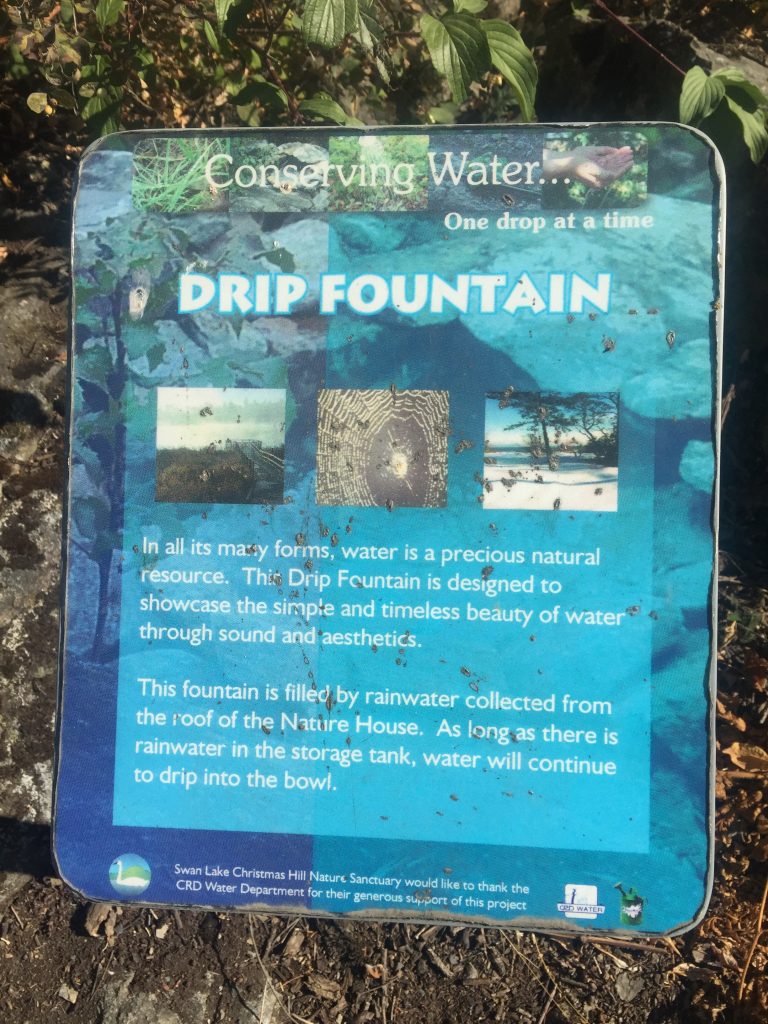My mother-in-law loves to lecture me on the state of my house as if I don’t live with someone that she raised.
I’m two weeks older than my boyfriend so my favourite thing to do is say “when I was your age…” and then just describe whatever I was doing two weeks ago.
My son asked me if I would tell his Grandma (my MIL) how to cut strawberries the ‘right way’. No buddy, no I cannot. This is your problem now.
iMessage needs a “Sent with Attitude” option
You think you’re having a bad day? I’m shopping with my mother AND my mother in law.
I hope someone writes a children’s book about crypto so I can understand whatever the hell is going on with SBF and FTX.
Secret to a successful couples therapy is to send both the mothers-in-law to attend the sessions.






















